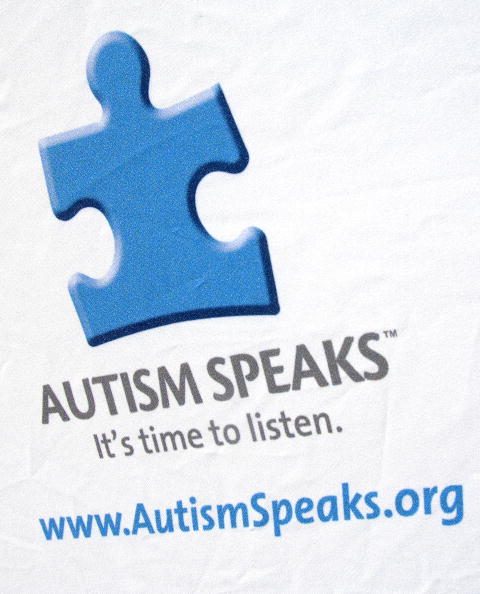
A study of nearly 6 million children has found that children who are conceived through assisted reproductive technology (ART), including in vitro fertilization, are twice as likely to be autistic as those who are conceived naturally. But this finding is an association, which means that other factors may be at work rather than just how the egg was fertilized.
Women who have conceived through ART are more likely to be older and to have a multiple pregnancy. Both of these factors are linked with an increased risk of autism. Women who use ART are also more likely to have complications during pregnancy and childbirth because of their age and the increased incidence of multiple births.
There appears to be an association between ART and autism, but this association is reduced significantly when characteristics of the women who are more likely to use ART, such as economic status and age, are taken into account. There is still a statistically significant association between ART and autism in mothers who are aged 20 to 34.
Researchers looked at records from the California Birth Master Files for infants born between 1997 and 2007, the state's Department of Developmental Services' autism case load from 1997 through 2007, and the Centers for Disease Control and Prevention's National ART Surveillance System for live births between 1997 and 2007. Out of the nearly 6 million births in that time period, more than 48,865 were born using ART and there were 32,922 cases of autism. The researchers compared the births that started with ART to those that did not.
Assisted reproductive technology is the term for all fertility treatments in which eggs and sperm are handled outside the body. The most common type of ART is in vitro fertilization, where eggs are fertilized by sperm outside the body and then implanted in the uterus. This can results in a multiple pregnancy.
The study was published in the American Journal of Public Health.
